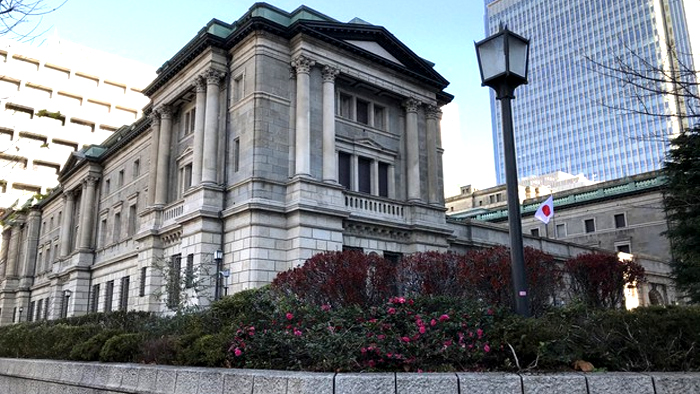Japan’s government will think about changing the joint statement with the BOJ, according to sources.

Sources at Reuters say that the Japanese government will think about changing a joint statement it made with the Bank of Japan (BOJ) ten years ago. The statement said that the BOJ would try to hit a 2% inflation target as soon as possible.
If the change is made, it would happen after a new BOJ governor is chosen in April, they said. This could make it more likely that current governor Haruhiko Kuroda’s ultra-loose monetary policy will be changed.
There is no agreement in the government about what changes could be made, since a lot will depend on what the new BOJ governor thinks, according to four government and ruling party officials who are familiar with the situation.
Related: A Reuters survey predicts that Japan’s consumer inflation will reach a new four-decade high in November.
But some people in the government of Prime Minister Fumio Kishida want to change the 10-year-old statement that talks about how to stop deflation. They say that this goal is no longer in line with recent increases in inflation.
One of the government officials said, “Since we’ll have a new BOJ governor, there will probably be a new statement.” “But what a new one might look like hasn’t been decided yet,” the source said. The same thing was said by a second official.
Kyodo, a news agency, said on Saturday that the government is going to change the joint statement to make the BOJ’s inflation target less strict and more flexible.
On Monday, investors sold Japanese government bonds because they thought the news made it more likely that the stimulus would be taken away. The yen went up 0.5%, and the Nikkei stock average fell to its lowest level in six weeks.
When reporters asked Chief Cabinet Secretary Hirokazu Matsuno about Kyodo’s report, he told them Monday that there was no truth to the idea that the government was going to change the statement.
SHIFTING FOCUS
Shinzo Abe, who was Prime Minister at the time, put a lot of pressure on the BOJ to do more to fight deflation. In 2013, the BOJ signed a joint statement with the government in which it promised to reach its 2% inflation target “as soon as possible.”
The statement also explained what the government would do, like get the country’s finances in order and do deregulation and structural reforms to make the economy grow faster.
Even though inflation has been higher than the BOJ’s target of 2% for seven months in a row as of October, Kuroda has said that policy needs to stay very easy until wages rise more. During a two-day meeting that ends on Tuesday, the Bank of Japan (BOJ) is likely to keep the same money policies.
But there is a lot of talk in the markets that the BOJ could change its controversial yield curve control (YCC) policy when Kuroda’s second five-year term ends in April. YCC combines a negative short-term rate target with a 0% cap on the yield of 10-year bonds.
Reuters polled economists in December, and nearly half of them said they thought the BOJ would end its ultra-loose policy between March and October of next year.
Sources told Reuters that talks about how to get rid of the BOJ’s yield cap could pick up next year, as long as wages go up and major economic risks are kept in check.
Kishida’s administration’s popularity is falling because people are getting more upset about the rising cost of living. This is because the BOJ’s ultra-low interest rate policy is causing the yen to fall, which makes import costs go up.
Related: Japan’s stock market is up at the end of the day; the Nikkei 225 is up 0.40.
Former BOJ Deputy Governor Hirohide Yamaguchi, who is thought to be in the running to replace Kuroda, told Reuters that the central bank should be ready to raise its yield target if the economy can handle risks from abroad.
Yamaguchi said, “There’s a chance that core consumer inflation will stay around 3-4% for a long time.” “Once people’s ideas about inflation are set, it’s hard for central banks to change them.” The BOJ should be aware of this risk.
(The spelling of “committing” in the first paragraph has been changed.)





